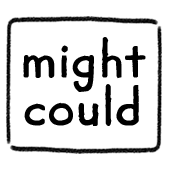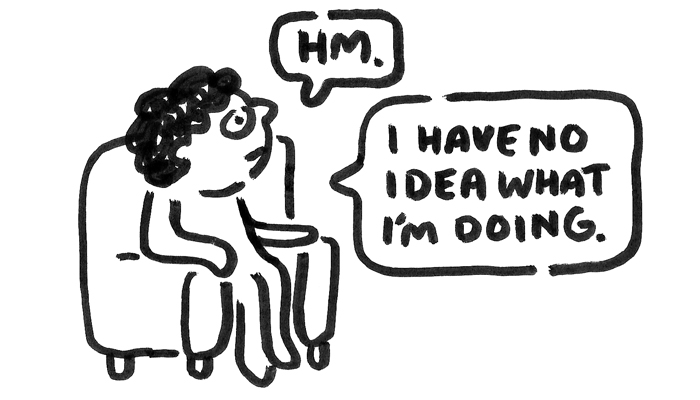
Last October, I was struggling with—among other things—a bad case of Imposter Syndrome. I was writing these essays about creativity, mindfulness, and confidence, but ya’ll I wasn’t feeling creative, mindful, or confident. I was making art, but I was feeling like poop.
And so, the imposter thoughts came on strong: “Who am I to write this essay? I haven’t mastered this so why am I talking about it? I’m no expert, I’m not perfect, and pretty soon everybody is bound find out that I don’t know what I’m doing.”
Impostor syndrome is a psychological pattern in which an individual doubts their accomplishments and has a persistent internalized fear of being exposed as a “fraud”.
Wikipedia
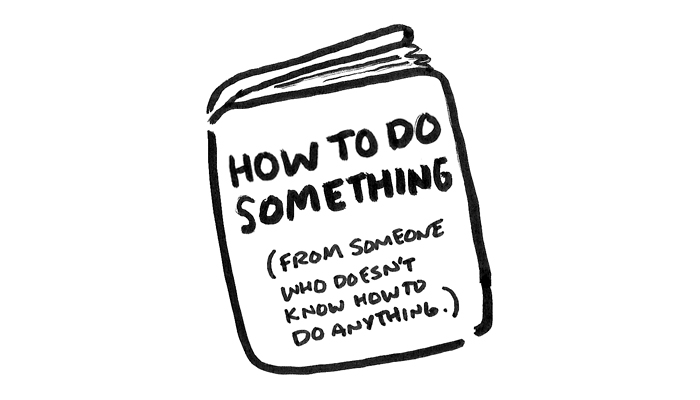
In The Heat of Imposter Syndrome
I’ve come to realize that when I create from that place, in the heat of Imposter Syndrome, I actually create my best work. I come to the strongest conclusions, I make more interesting connections, and I figure stuff out as I go along.
Who better to write about a transition, than someone who is going through that transition right now?
When we look back on transitions we’ve made—perhaps from uncreative to creative, mindless to mindful, or insecure to confident—we often don’t see the path we took clearly. We only remember certain parts, and glaze over others, not realizing what actually pushed us through.
But if I can write about where I am now, what I’m struggling with now, and write about the process of getting out of that hole as I’m climbing out… well that just seems a heck of a lot more honest and helpful and real. And that’s just what I do in these essays.
But the problem with this strategy is that it breeds Imposter Syndrome. Writing this way brings your weaknesses, struggles, and insecurities out into the open. It’s hard. It’s uncomfortable. It’s vulnerable.
Imposter Syndrome is a symptom of vulnerability. You’re putting yourself out there and that can bring out all your insecurities and worries.
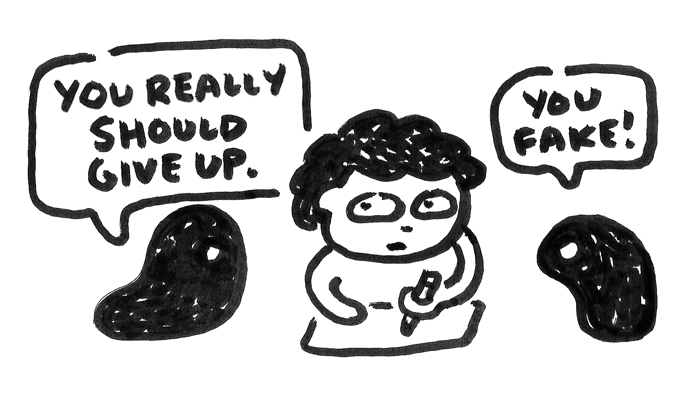
What Imposter Syndrome Really Means
The ultimate goal of Imposter Syndrome is to get you to stop. This thing that you’re doing is highly uncomfortable, and some part of your brain would really appreciate it if you would just stop. And so it tries its hardest, shouting at you: Stop sharing your art, because it’s not good enough! Stop drawing at all, because you’re just one big fraud! If you keep posting your work, everyone is going to see it and call you out!
But here’s a different way of looking at Imposter Syndrome: it’s a sign that you’re being brave.
You’re breaking out of your comfort zone, you’re embracing your weaknesses, you’re growing.
You’re challenging yourself and what you believe you can and can’t do. You’re choosing to ignore the worry about other people’s judgments, and instead doing what you want to do. Making the art you want to make.
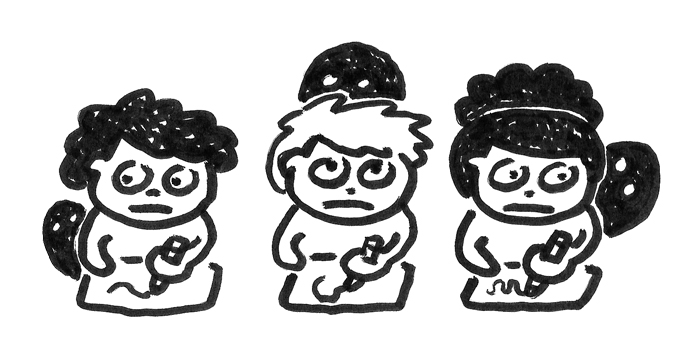
We’re All Imposters
Imposter Syndrome is actually kind of paradoxical when you think about it. Say you draw something, post it, and then feel the pang. You feel like you’re faking it.
But that doesn’t really make sense, because you just did it. You drew something! So how could you be faking it? What is it that you’re faking? That you know what you’re doing? Ha! Everyone’s faking it to some extent. Nobody really knows what they’re doing.
We’re all just out there throwing stuff on the wall, seeing what sticks.
“The only thing that I know for sure is that I know nothing for sure.”
–Socrates
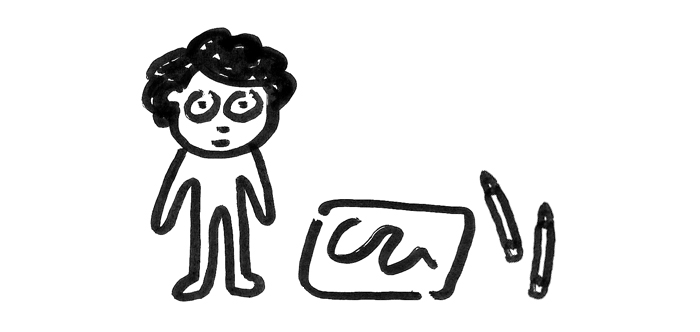
You vs. Your Work
One reason Imposter Syndrome is so debilitating is that it changes our mindset. Our drawing is no longer just a drawing, it’s us. Our judgment of our ability to draw well or not well becomes a judgment of ourselves as people.
We don’t just think “Wow, this drawing sucks”, we think “Wow, I suck.” And this is dangerous.
We see our art as a reflection of ourselves, which in most ways is a good thing. I see my art as a way to express myself, and give voice to my inner world. But when we allow our identity and worth to become completely dependent on our success, this belief becomes destructive.
Because you’re gonna screw up. You’re gonna make mistakes. You’re gonna draw stuff that sucks. But that does not mean that you suck. It means you tried something new. It means you stretched yourself past your comfort zone.
You’re also gonna have days where you don’t draw anything at all. But this does not mean that you are a failure. It means you took a break when you needed it. It means you were busy being out there living life. It does not make you an imposter.
You are not the culmination of every piece of art you’ve made. You are an entire human being. And your art is just one part of that being.
Whether you make good art today, bad art today, or no art today, you are still an artist.
If we can separate our work somewhat from our identity, we can see it more honestly. Because of course we’re going to be hard on ourselves, and of course we’re going to be biased. But a drawing is just a drawing. No matter what we make or don’t make, we are still ourselves, still worthy, and still here, ready to try again.
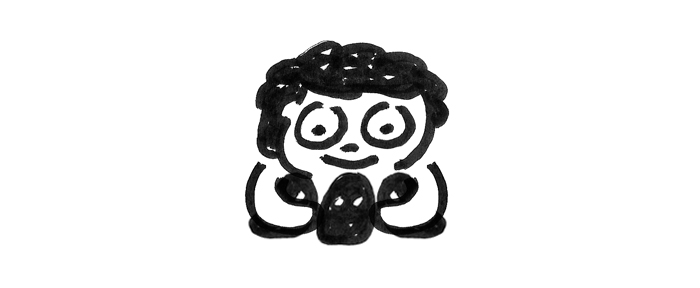
It takes strength to face your imposter syndrome head on. It takes strength to show insecurities and weaknesses. It takes strength to be vulnerable. It takes strength to draw something and share it with others.
Right on, ya’ll. We’re doin’ it.
<3,
Christine
